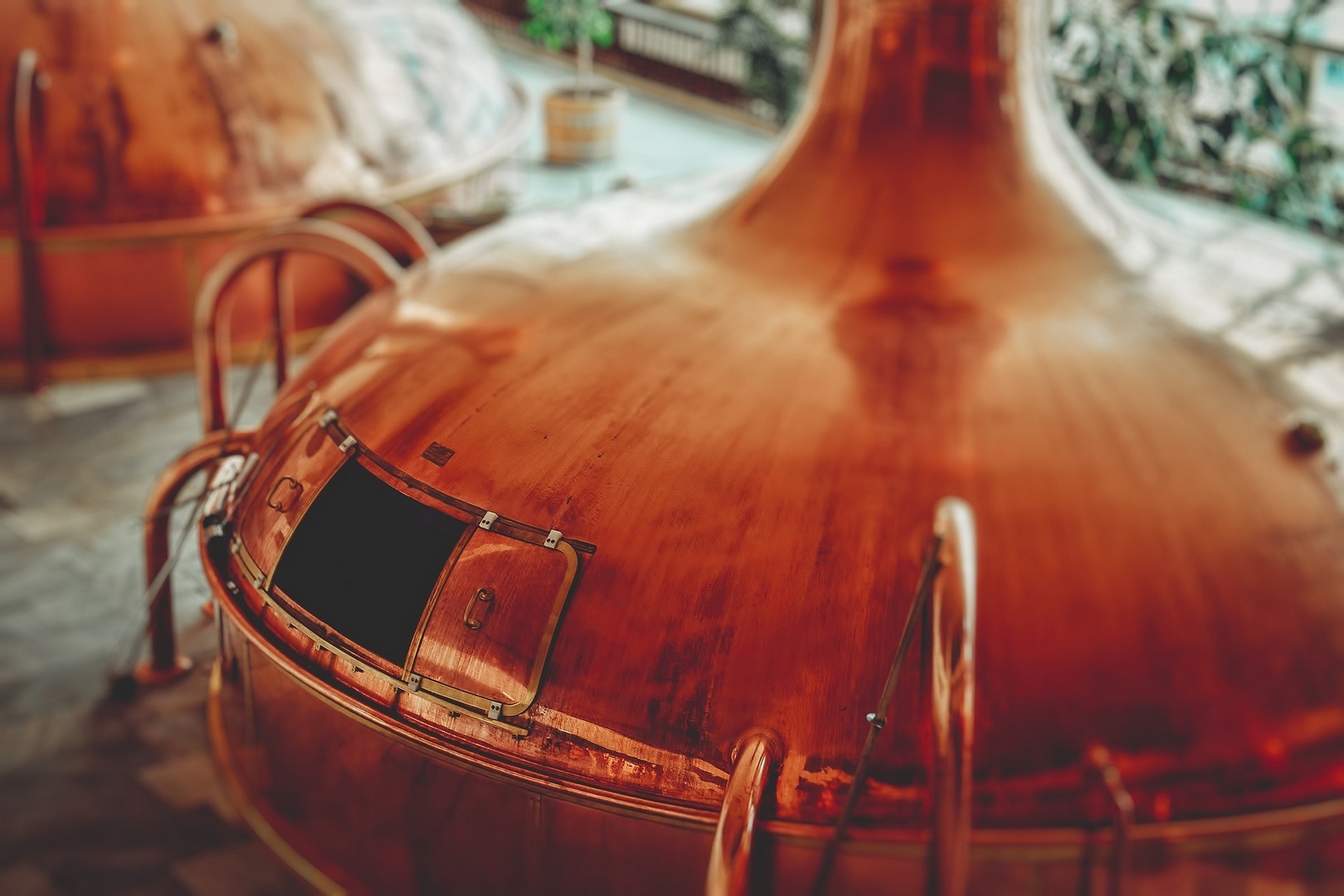Take notes!
For me, the paradox of homebrewing is that I give away my best beer and don’t even get to taste it, while I quietly drink the worst ones myself to see where I went wrong.

Many beer lovers often do not know how this drink is made. What does it take to start brewing beer? To buy the necessary raw materials and equipment, to learn the technology, to invite friends? Yes, you can’t do without it. But first of all you have to decide, what kind of beer you want to brew. Amber classic? Porter? Stout? Or an old Bavarian wheat beer? It’s up to you to choose!
For me, the paradox of homebrewing is that I give away my best beer and don’t even get to taste it, while I quietly drink the worst ones myself to see where I went wrong.
The most common side taste I’ve encountered in my 16 years of judging experience is oxidation. Unlike other side tastes, which can be eliminated by careful washing and disinfecting, changing the yeast application rate or fermentation temperature, oxidation in beer cannot be completely eliminated – all beer becomes musty over time.
There are two general approaches to brewing – technical and creative. The technical brewer is more likely to take the time to plan the brewing day, refine the recipe, and take into account all the details that can affect the finished beer.
Are you tired of fruity beers that taste like soda? Tired of waiting six months at a time to find out how the sour culture worked? Think about the acidification in the cauldron.
Once you’ve mastered control over fermentation temperature and yeast health, study the effects of water on beer quality, and it will help you understand the difference between a good beer and a great homebrew.
Brewing is both a science and an art. The creator within us wants to create beer that we will enjoy ourselves and treat friends and family to.
Home brewing for me, as for many professional brewers, was the spark that ignited the flame. I brewed my first beer (ESB from extract) and got hooked.
Thanksgiving brings people together. Whether it’s a gathering of family or friends, people come together to share abundance and celebrate the changing seasons.
Using wild yeast and bacteria seems daunting and expensive at first, but once you learn a few tricks, you’ll have no trouble making sour beer at home.